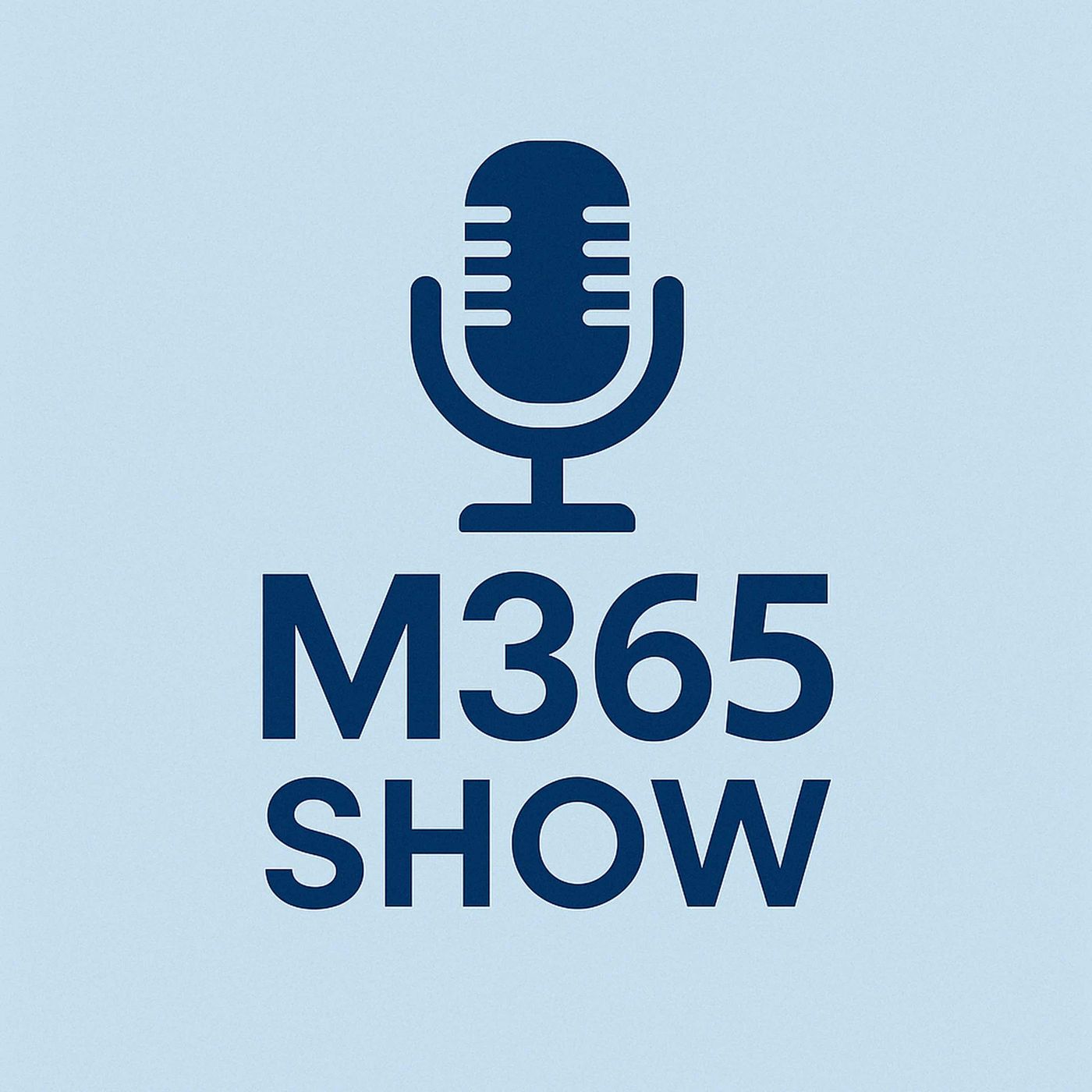3D Objects Are the Ultimate Test of Fabric Governance: Catalyst E3
Update: 2025-11-18
Description
🏗️ Defining Fabric Governance — The Foundation of Trust Governance in Fabric isn’t a checklist of forgotten policies. It’s the operating system for your data life—identity, permissioning, lineage, classification, policy, and monitoring—all wired directly into OneLake and workspaces. A 3D asset isn’t a file; it’s a constellation. High-resolution captures, meshes, textures, simulation parameters, and licensing metadata all move together. Each piece carries its own sensitivity and usage rights. Fabric enforces deterministic control through:
A single photorealistic object is a supply chain, not a file: meshes, textures, lighting, physics, rigs, materials, and derivatives for multiple engines. Every element introduces new governance pain:
It’s dynamic, multi-user, and performance-sensitive—but Fabric still enforces policy in motion. The workflow looks like this:
Stream tiled textures and mesh chunks; cache under policy constraints. “Local copies for convenience” are non-compliant by design. Example: a safety-training digital twin of an electric bus.
Fabric governs every asset call—mesh, texture, collider, physics—against license terms, region, and duration. Logs trace who viewed which variant, when, and why. Governance drills should include:
Real-time 3D forces you to prove that your governance can think as fast as your data. If Fabric can hold a 1:1 digital twin together—identity, lineage, rights-as-code, streaming, and audit—then everything else in your estate is easy. So do the grown-up work:
If this saved you time—or a lawsuit—share it with the person still emailing ZIPs.
Next up: Fabric policy patterns—how to automate enforcement at scale. Proceed.
Become a supporter of this podcast: https://www.spreaker.com/podcast/m365-show-podcast--6704921/support.
Follow us on:
LInkedIn
Substack
- Microsoft Entra ID for consistent identity and role-based access.
- Object-level security that gates entire artifacts and their derivatives.
- Lineage tracking that shows how every scan, mesh, and derivative evolved.
- Classification and labels that follow the asset as enforceable metadata, not sticky notes.
- OneLake’s single logical storage where compute comes to the data.
- Monitoring and alerts that react to anomalies before audits do.
A single photorealistic object is a supply chain, not a file: meshes, textures, lighting, physics, rigs, materials, and derivatives for multiple engines. Every element introduces new governance pain:
- Versioning: multiple interdependent components that drift over time.
- Identity: fine-grained roles—artists, engineers, legal—each with different permissions.
- Licensing: third-party assets with geo-restricted or time-bound clauses.
- Performance: large transfers multiply cost and risk.
- Temporal truth: twins evolve; governance must treat time as a dimension.
- Tool diversity: each application speaks its own format and metadata dialect.
- Raw scan → processed mesh → LOD set → published twin.
- Each edge in that chain is auditable and reversible.
- Artists can update textures within staging but can’t alter collision meshes in published builds.
- Simulation engineers tweak physics parameters safely within guardrails.
- Robotics consumes frozen manifests for reproducibility.
- Analytics queries lineage to explain why performance changed between versions.
- Pin exact versions—“latest” is a ticking bomb.
- Embed toolchain hashes and validate at pipeline time.
- Track temporal variants like pre-repair and post-repair.
- Keep lineage readable so audits don’t turn into forensics.
- Open formats like OpenUSD or glTF for structural interoperability.
- Rights as code, not PDF footnotes:
- License=Commercial; Territory=EU+US; Duration=2025-12-31; Derivatives=Render+Sim; Prohibit=Resale+Rehost
- Evaluated at runtime so access is granted or denied dynamically.
- Streaming and tokens: engines fetch only what’s needed; Fabric issues signed URLs and revokes them instantly if rights change.
- Attribution enforcement: embedded credits or overlays baked into outputs.
- Cross-platform identity: Entra ID + B2B federation with scoped workspaces.
It’s dynamic, multi-user, and performance-sensitive—but Fabric still enforces policy in motion. The workflow looks like this:
- Ingestion: Capture rigs deposit thousands of images and LiDAR scans. Fabric auto-classifies, validates rights, and quarantines anything offside.
- Processing: Spark pipelines handle retopology, baking, and LOD generation, recording lineage and toolchain hashes at each step.
- Publishing: Canonical assets stay in OneLake. Product workspaces expose derivatives through shortcuts with role-scoped access.
- Streaming: Engines like Unity or Unreal stream assets using signed, policy-aware tokens tied to Entra ID. Requests are validated live—approved or blocked with a reason.
- Collaboration: Multi-user sessions check compatibility locks, propagate license updates instantly, and log every change.
Stream tiled textures and mesh chunks; cache under policy constraints. “Local copies for convenience” are non-compliant by design. Example: a safety-training digital twin of an electric bus.
Fabric governs every asset call—mesh, texture, collider, physics—against license terms, region, and duration. Logs trace who viewed which variant, when, and why. Governance drills should include:
- Revoking licenses mid-session.
- Rotating region restrictions.
- Expiring tokens during live use.
- Measuring mean time to quarantine and lineage completeness.
Real-time 3D forces you to prove that your governance can think as fast as your data. If Fabric can hold a 1:1 digital twin together—identity, lineage, rights-as-code, streaming, and audit—then everything else in your estate is easy. So do the grown-up work:
- Pin manifests.
- Version licenses.
- Stream with tokens.
- Federate partners.
- Drill revocations.
- Measure compliance in real numbers.
If this saved you time—or a lawsuit—share it with the person still emailing ZIPs.
Next up: Fabric policy patterns—how to automate enforcement at scale. Proceed.
Become a supporter of this podcast: https://www.spreaker.com/podcast/m365-show-podcast--6704921/support.
Follow us on:
Substack
Comments
In Channel






